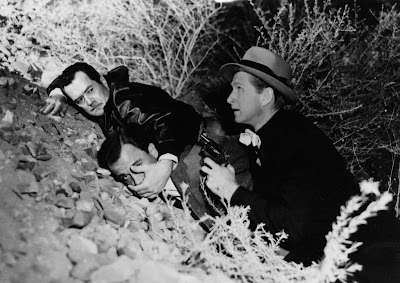Fanzines have been around for decades and while a large number of them from the 1970s and 1980s are collected these days for historical value, due to their content, the recent addition to the hobby is THE SHADOWED CIRCLE, a fanzine devoted to all things related to the vigilante of pulp fiction and old-time radio.
The first issue was released a few months ago and being a fan of the property, naturally I paid for a subscription. The second issue just arrived in the mail this week and like the first issue it contains articles, profiles, artwork, reviews, and interviews about the pulp-radio-comic book character known as The Shadow.
Reprinting the Table of Contents so you can see what all is included in this issue:
- Staff, Contributors, & Corrections
- Editorial: It Takes A Village To Grow A Pulp Journal - Steve Donoso
- Stories of World History and The Shadow, Part 1 - 1941: Hitler’s Astrologer - Malcolm Deeley looks at how The Shadow was sometimes skillfully blended into world events.
- Shadow Play - Will Murray reflects on the process and surprises that he and Anthony Tollin experienced in pairing Shadow novels for the Nostalgia Ventures/Sanctum Books Shadow novel reprints.
- The Shadow’s New York - Steve Donoso collaborates with the work of noted 20th century photographer Berenice Abbott to create a photo and text essay of New York in the 1930s during The Shadow’s time.
- Casting A Long Shadow: The Dark Avenger in Military Heraldry - Tim King discovers Shadowy imagery in the Military and Intelligence Services.
- Book Review: Will Murray’s Master of Mystery: The Rise of The Shadow - Steve Donoso reviews Will Murray’s recent and fascinating non-fiction volume of Shadow essays and interviews.
- Comments & Letters
- The Shadow Laffs - John Sies offers another Shadowed Circle Cartoon.
- The Shadow: Mysterious Being of the Night - The Pulp Years, Part 1 - Todd Severin and Keith Holt detail the history of The Shadow’s pulp years.
- The Shadow and The Explorers Club - Julián Puga proposes that The Shadow may very well have been a member of The Explorers Club.























